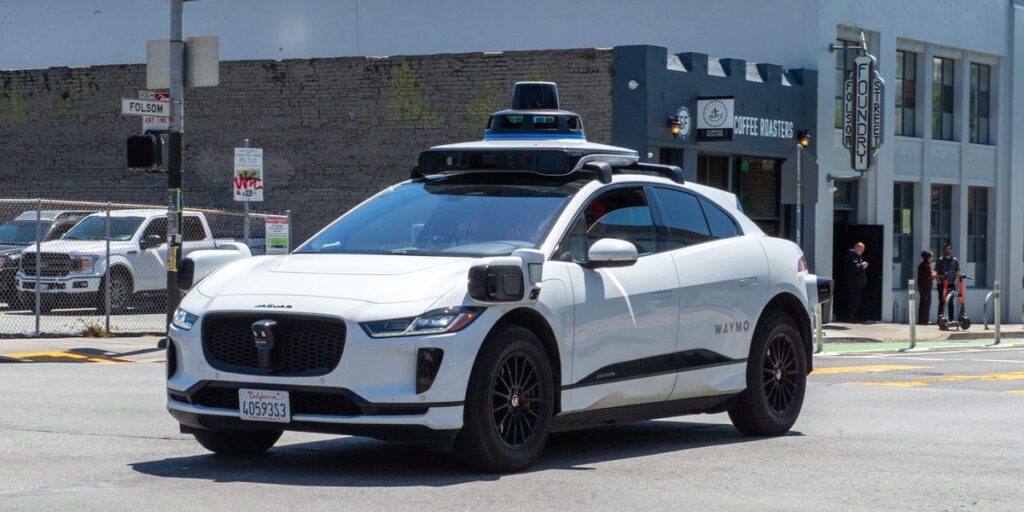Waymo is a robotaxi service owned by Google’s parent company, Alphabet Inc. It was initially formed by Google and known as the Google Self-Driving Car Project, following seven years of research and development before eventually being spun out to its own company.
Google started developing Waymo and its self-driving technology in 2009 at the Google X lab, which was led by Google co-founder Sergey Brin. After almost two years of testing the technology, Google and The New York Times revealed its existence in 2010.
US lawmakers raised concerns at the time about the lack of regulations for this new technological front. Google was a prominent supporter, lobbying for regulation. By 2012, Nevada’s Department of Motor Vehicles had licensed a self-driving Prius running Google’s software. This was the first time that a self-driving vehicle was licensed in the United States.
In 2022, Alphabet CEO Sundar Pichai distanced Waymo and Alphabet’s other subsidiaries from Google by granting them more autonomy to design job structures and compensations outside of Google’s job architecture.
Waymo has been impacted by Google layoffs in recent years: The company cut roughly 8% of Waymo’s staff in 2023.
Despite the restructuring, Waymo’s offices are still located in Mountain View, California, just a short drive from the Googleplex, Google’s global headquarters.
What does Waymo do?
Waymo provides driverless taxi services in San Francisco, Los Angeles, and Phoenix, using its fleet of autonomous vehicles.
In 2014, Google was granted a patent for a transportation service involving automated vehicles that would be funded by advertising fees. That May, Google unveiled a prototype autonomous vehicle that did not contain a gas pedal, brake pedal, or steering wheel.
In 2015, they gave their first fully autonomous ride to a legally blind friend of principal engineer Nathaniel Fairfield; unlike earlier tests, there was no police escort, no test driver, and it was not on a closed course.
In 2016, this self-driving car project was spun out of Google and made a subsidiary of Google’s parent company, Alphabet Inc. At this time, the company also ordered 100 Chrysler Pacifica hybrid minivans to test the technology. The next year, they were able to reduce manufacturing costs by 90% and partnered with other auto manufacturers and the ridesharing service Lyft.
Waymo started its public operations in Phoenix in 2020.
Who can take a Waymo?
So far, Waymo only operates in Phoenix, San Francisco, and Los Angeles, but is set to launch in Austin by the end of 2024.
Prospective riders can sign up to the company’s Waymo One service by downloading the Waymo One app from either Google Play or the iOS App Store. Waymo is currently widely available to the public in Phoenix, but services are waitlisted for San Francisco, Los Angeles, and Austin. Like major competitors, prospective riders are quoted the fare while booking.
Waymo ride prices are based on the distance and time of a trip, in addition to a minimum price charged for all trips. In April of 2023, when a Business Insider reporter tested the technology in Phoenix, a five-mile, 20-minute Waymo ride cost $11, the same price as an Uber trip to the same location.
Waymo has had multiple accidents
As with any new technology — or, indeed, any motor vehicles — mishaps can be expected. In February 2024, Waymo voluntarily recalled and updated its robotaxi software after two of its autonomous vehicles crashed into the same towed pickup truck in Phoenix.
This was the latest in a string of incidents over the prior weeks, affecting more than one company. A couple of weeks earlier, a Waymo vehicle non-fatally struck a cyclist in San Francisco and rival Cruise suspended operations following an October crash that struck and dragged a pedestrian.
Read the full article here
















